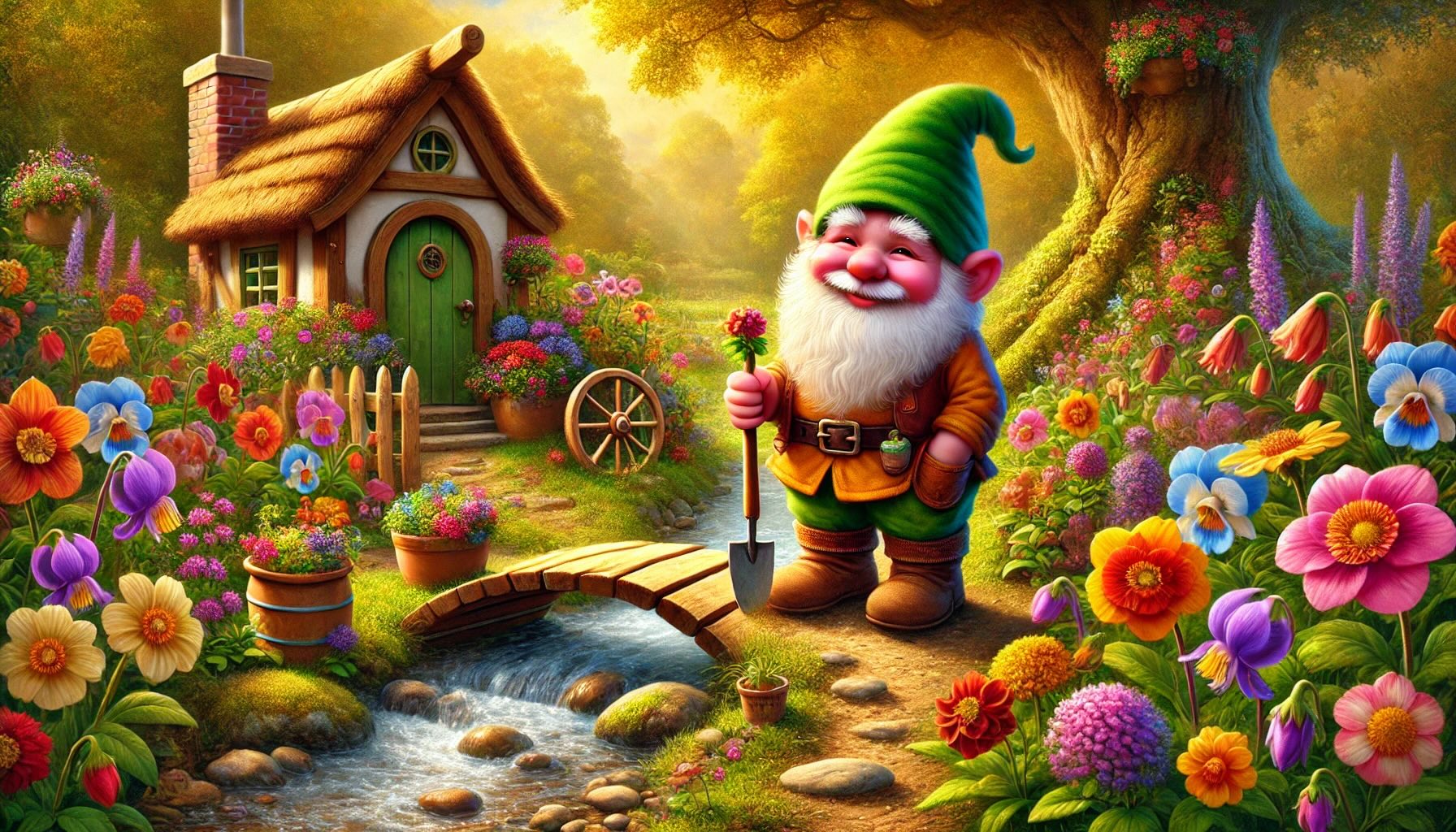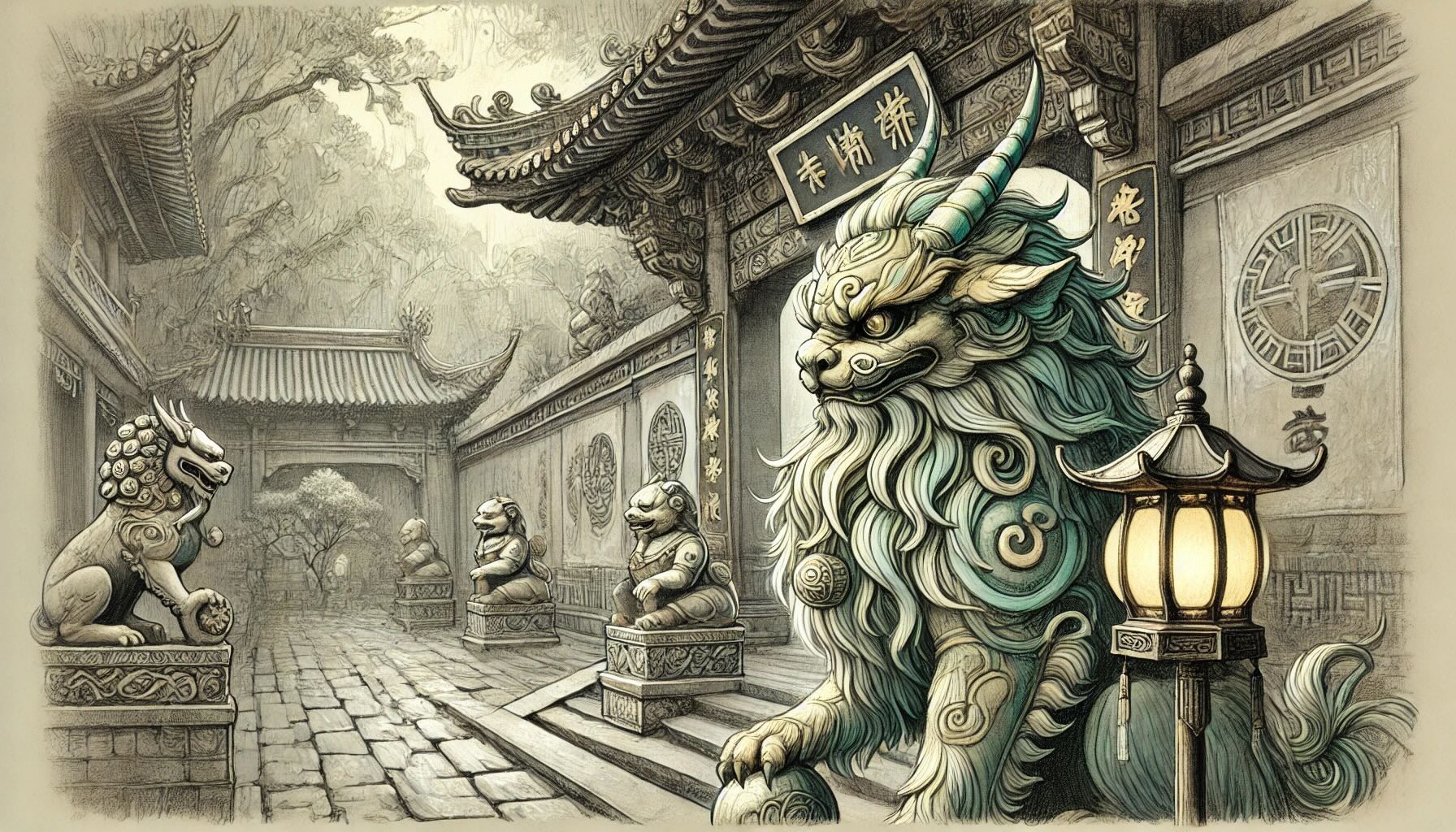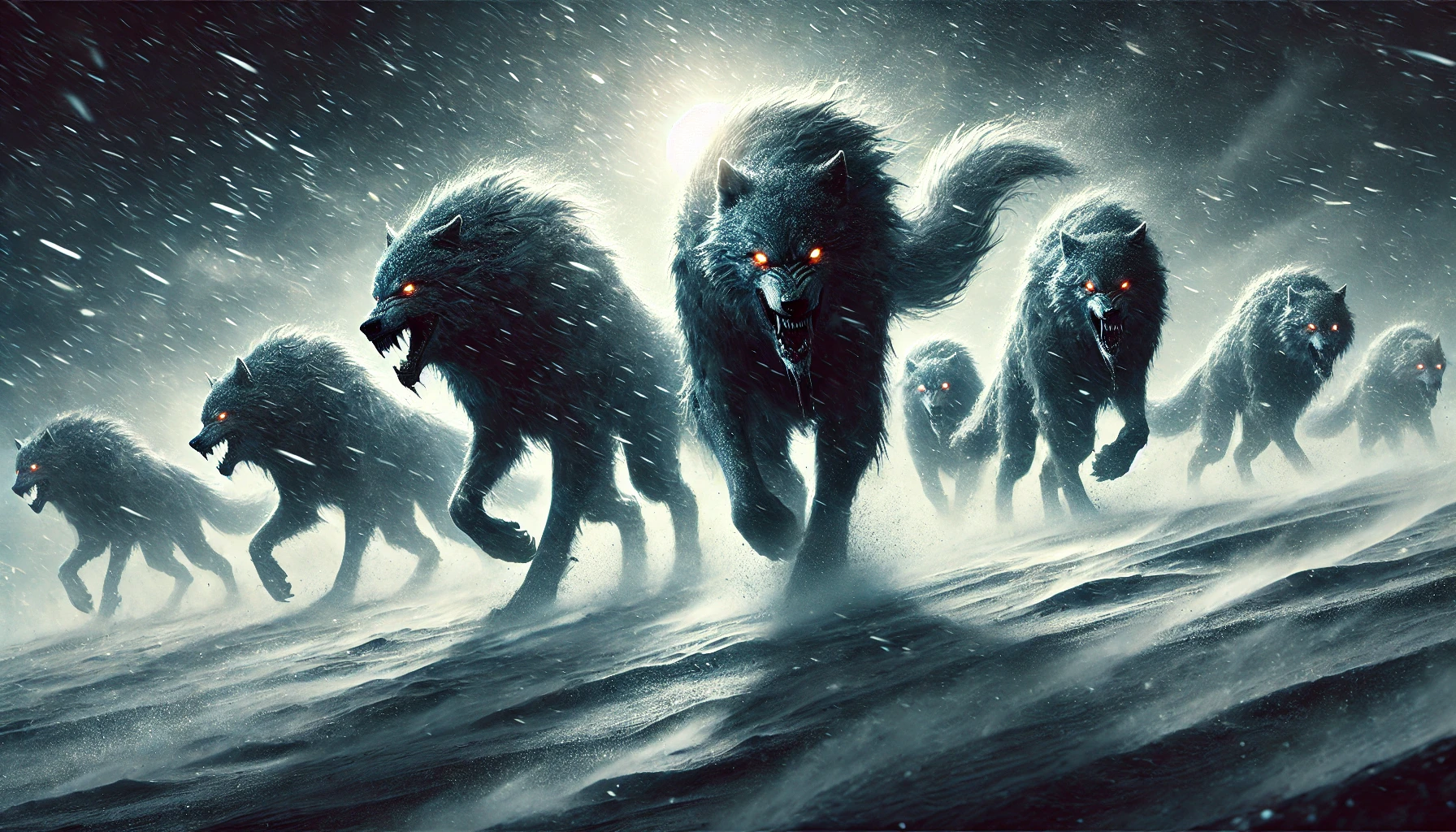Why Gnomes Have Stood the Test of Time
Why do tiny, bearded figures keep popping up in gardens and stories around the world? Gnomes, with their charm and mystery, have been guarding treasures—and stealing the show—for centuries. These little guardians have a rich history rooted in folklore, alchemy, and even pop culture. Let’s take a closer look at what makes gnomes so fascinating, from their ancient origins to their place in our gardens today.
What Are Gnomes?
Gnomes are mythical creatures often depicted as small, human-like figures with a deep connection to nature. Their signature look—pointed hats, flowing beards, and earthy outfits—makes them instantly recognizable. But beyond their whimsical appearance, gnomes are often described as protectors of hidden treasures, from precious minerals to the secrets of the earth itself.
At their core, gnomes remind us of the mysteries hiding just beneath the surface—both in the ground and in our imaginations.
Deep Roots: Gnomes in Alchemy and Mythology
The word “gnome” first appeared in the 16th century, thanks to Paracelsus, a Swiss physician and alchemist. He described gnomes as earth elementals—beings tied to the soil and natural world. To him, they weren’t whimsical or charming but rather symbolic of the hidden forces shaping our planet. Gnomes were thought to move through the earth as effortlessly as humans move through air, embodying the mysteries of the underground.
But the idea of small, earth-dwelling beings wasn’t new. Ancient Roman and Greek myths spoke of spirits connected to the underworld and precious minerals, while Norse mythology gave us the Dwarves (Dvergar), skilled craftsmen who lived underground and created magical artifacts. Across cultures, these beings represented not just treasure but the deep mysteries of the earth.
The Many Faces of Gnomes
While modern garden gnomes might seem cheerful and friendly, folklore paints a more complex picture. Gnomes were thought to be protectors of the earth with incredible powers: they could communicate with plants and animals, move invisibly through the ground, and live for centuries. Their long lifespans often symbolized the timeless wisdom of nature.
Yet, gnomes weren’t always gentle. Some stories describe them as secretive and fiercely protective, especially when it came to their hidden realms or treasures. This mix of mischief and mystery only adds to their allure.
Global Variations: Kindred Spirits of the Gnome
While gnomes have their own distinct lore, many cultures have stories of small, magical beings that share similar themes, such as protection, luck, or hidden treasure. These kindred spirits include:
- Scandinavian Tomte or Nisse: These household spirits are known for protecting farms and families, as long as they’re treated well. Legend has it that a Tomte, angered by neglect, once swapped a farmer’s cows with sickly ones. A simple bowl of porridge at Christmastime is said to keep them happy. Unlike gnomes, Tomte are more closely tied to human homes and farms than nature itself.
- Slavic Domovoi: These bearded guardians of the home are said to warn families of danger. If they’re treated with respect, they bring prosperity—but angering a Domovoi can invite misfortune. Like the Tomte, Domovoi are tied to the hearth and family life rather than the earth’s secrets.
- Irish Leprechauns: Though not true gnomes, leprechauns share a love for hidden treasures and a mischievous streak. Stories often feature their trickery, like leading treasure hunters in circles with clever riddles.
While these figures aren’t directly related to gnomes, they reflect similar themes of protection, mystery, and the magic of small beings.
From Folklore to Gardens: The Rise of Gnome Statues
The garden gnome tradition began in 19th-century Germany with Gartenzwerge (garden dwarfs). Crafted from clay, these figurines often showed gnomes tending to gardens or performing simple tasks. People believed they brought good fortune and protected plants from harm.
The trend took off in the mid-1800s when Sir Charles Isham introduced terracotta gnomes to English gardens. He brought 21 of these figures to his estate, Lamport Hall, to decorate his garden. One of these original gnomes, known as "Lampy," still survives today and is housed in a museum, making it the world’s oldest garden gnome. Today, gnomes are both a playful decoration and a nod to folklore.
Gnomes in Literature and Modern Media
Gnomes have been part of storytelling for centuries, appearing in Renaissance texts and fairy tales. Hans Christian Andersen’s works and the Brothers Grimm popularized their magical charm, making them a favorite in children’s stories.
Interestingly, J.R.R. Tolkien initially used the term "gnomes" for the Noldor, one of the Elven clans in his early writings. He saw them as wise and skilled, much like the gnomes of folklore. However, he eventually phased out the term in favor of others in The Hobbit and The Lord of the Rings.
In modern times, gnomes have become pop culture icons. From the Travelocity "Roaming Gnome" to movies like Gnomeo & Juliet, they’ve kept their charm alive in fun and unexpected ways. You’ll even spot them in video games and animations, blending their playful and mysterious sides to keep us entertained.
Gnomes: Guardians of Earth and Imagination
From their mysterious beginnings in alchemy to their playful role as garden protectors, gnomes remind us how closely tied we are to nature’s mysteries and magic. They’ve shifted over time—from mystical guardians of hidden realms to cheerful symbols of whimsy—but their magic remains the same.
Perhaps the real magic of gnomes lies in what they inspire—a sense of wonder for nature and the hidden stories it holds.
So, the next time you pass a garden gnome or hear a tale of hidden treasure, take a moment to appreciate the centuries of stories and mystery they carry. Whether they’re playful tricksters or quiet guardians, gnomes have a way of keeping their magic alive.



